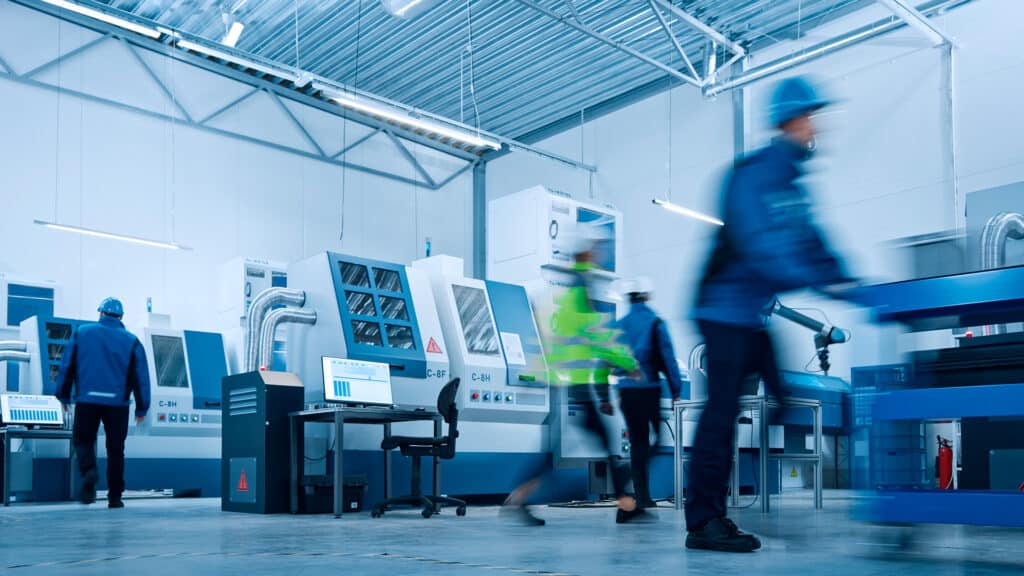
Continued success in securing new orders helped lead to a further improvement in the health of Kazakhstan’s manufacturing sector in May. While new order growth remained solid, there were slowdowns in the rates of expansion of output, employment and purchasing activity, according to Freedom Holding Corp.
On the price front, unfavorable currency fluctuations led to a sharp rise in input costs, while competitive pressures limited the pace of output price inflation. The Freedom Holding Corp. Kazakhstan Manufacturing PMI® (Purchasing Managers’ Index™) registered 51.3 in May, broadly in line with the reading of 51.2 in April.
«As a result, the PMI continued to signal modest improvement in the health of the manufacturing sector. Business conditions have now strengthened in each of the past 15 months,» the report reads.
The main positive from the latest survey was a further solid expansion in new orders. New business increased for the sixteenth consecutive month, and to a greater extent than in April. Respondents indicated that they had been able to take on new clients and finalize contracts amid improving demand conditions. However, while new orders continued to rise solidly, there were signs of growth slowing elsewhere.
«Manufacturing production increased only marginally in May, and at the weakest pace in the current 15-month sequence of expansion. Where output rose, this was linked to higher new orders, but there were some reports that difficulties paying for raw materials had limited the pace of growth,» Freedom Holding Corp. said.
According to Yerlan Abdikarimov, director of the Financial Analysis Department at Freedom Finance Global PLC (a 100% subsidiary of Freedom Holding Corp.), the manufacturing industry of Kazakhstan is in a phase of steady, albeit vulnerable, growth.
«Alongside the increase in new orders, the imbalance between demand and production capacity has deepened, coupled with rising cost inflation, supply chain instability, and currency risks. These challenges can be viewed not only as barriers, but also as growth opportunities. We believe that strategic investments in operational efficiency and supply chain optimization can provide fresh momentum for the industry’s development in the near term,» he added.
Purchasing activity also rose at the slowest pace in 15 months during May, with input buying up only slightly. This was also the case with regard to employment. While some firms took on extra staff in response to higher new orders, the pace of job creation eased in line with that seen for manufacturing production.
Despite weaker rises in output, purchasing activity, and employment, firms remained able to keep on top of workloads in May and reduced outstanding business for the third consecutive month.
This was partly achieved through the use of stocks of finished goods to help fulfill orders. Post-production inventories decreased for the third month running. Although modest, the reduction was the largest since January. Stocks of purchases also decreased midway through the second quarter, analysts say.
«Suppliers’ delivery times lengthened, ending a two-month sequence of improving vendor performance. May data pointed to a sharp and accelerated increase in input prices. Panelists mainly linked the rise to a depreciation of the tenge against the Russian ruble, while higher costs for raw materials, including metals, were also mentioned. Output prices, meanwhile, increased at the slowest pace in a year,» Freedom Holding Corp. said in a statement.
As competitive pressures grow, they limit the ability of firms to pass through higher input costs to customers. After falling to a four-month low in April, business confidence regained some ground in May. More than half of all respondents predicted a rise in output over the coming year, linked to expected improvements in new orders, the modernization of production lines, and hopes for better raw material availability. Optimism was above the series average.
The report on changes in the manufacturing industry PMI in Kazakhstan in April is available here.













